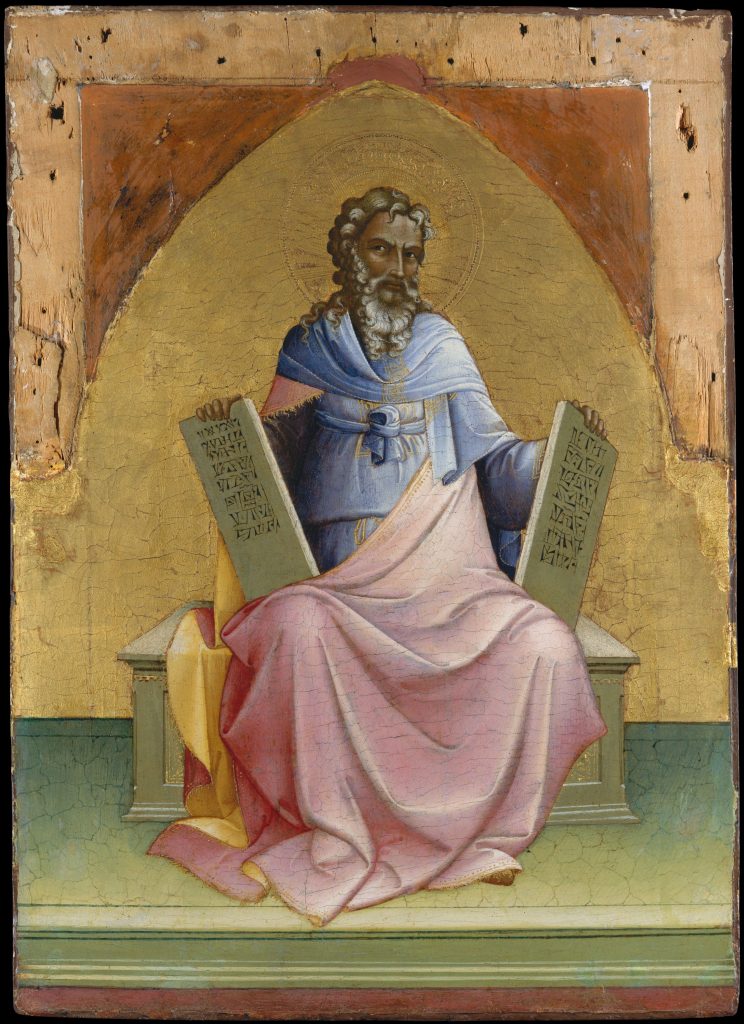The Gospel portrays Jesus as a new and greater Moses.
Moses also took three companions up a mountain and on the seventh day was overshadowed by the shining cloud of God’s presence. He, too, spoke with God and his face and clothing were made radiant in the encounter (see Exodus 24,34).
But in Sunday’s Lenten liturgy, the Church wants us to look back past Moses. Indeed, we are asked to contemplate what the epistle calls God’s “design ... from before time began.”
With his promises to Abram in the first reading, God formed the people through whom he would reveal himself and bestow his blessings on all humanity.
He later elevated these promises to eternal covenants and changed Abram’s name to Abraham, promising that he would be father of a host of nations (see Genesis 17:5). In remembrance of his covenant with Abraham he raised up Moses (see Exodus 2:24; 3:8), and later swore an everlasting kingdom to David ‘s sons (see Jeremiah 33:26).
In Jesus’ transfiguration, he is revealed as the one through whom God fulfills his divine plan from of old.
Not only a new Moses, Jesus is also the “beloved son” promised to Abraham and again to David (see Genesis 22:15—18; Psalm 2:7; Matthew 1:1).
Moses foretold a prophet like him to whom Israel would listen (see Deuteronomy 18:15,18) and Isaiah foretold an anointed servant in whom God would be well-pleased (see Isaiah 42:1). Jesus is this prophet and this servant, as the voice on the mountain tells us.
By faith we have been made children of the covenant with Abraham (see Galatians 3:7-9; Acts 3:25). He calls us, too, to a holy life, to follow his son to the heavenly homeland he has promised. We know, as we sing in the psalm, that we who hope in him will be delivered from death.
So like our father in faith, we go forth as the Lord directs us: “Listen to him!”
Scott Hahn is founder of the St. Paul Center for Biblical Theology, stpaulcenter.com.

